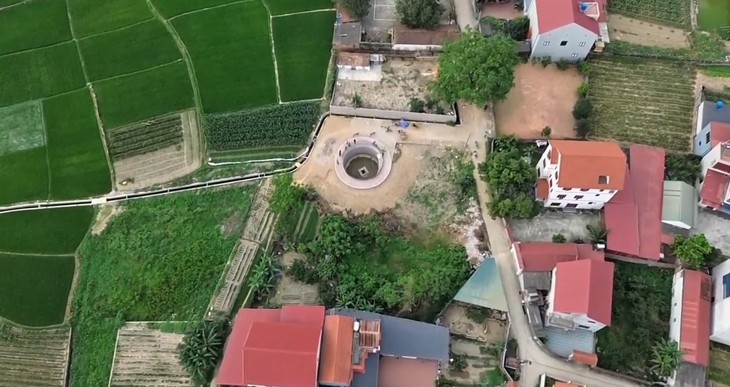 |
| The ancient well was discovered in Hac Lam village, Huong Lam commune, Hiep Hoa district, Bac Giang province. |
Unique structure reveals advanced well digging techniques
The well is located within the Hac Lam relic site, most likely dating back to the Le Dynasty, around the 18th century. Although the mouth of the well has been damaged – which may have been made of stone like many other ancient wells in the area – the body of the well is still quite intact. In particular, the solidly reinforced spiral wooden structure makes the well completely different from traditional ancient wells.
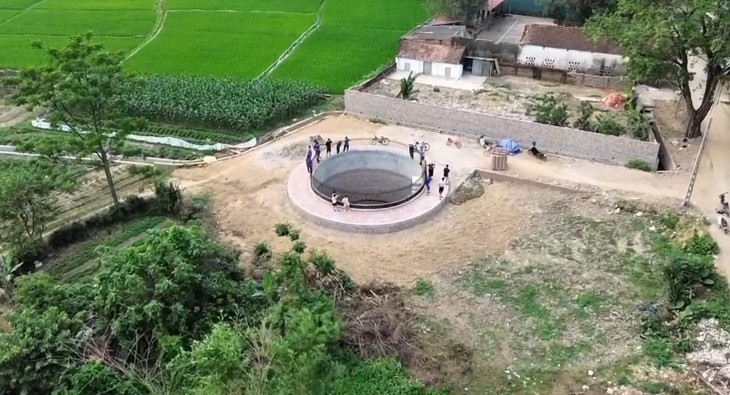 |
| Panoramic view of ancient well discovered in Bac Giang |
According to experts, this spiral structure shows that ancient people knew how to apply quite advanced well digging techniques to ensure the stability of the well wall and prevent landslides in soft geological conditions. The use of a sturdy wooden structure, combined with a spiral shape, shows high technical thinking and ingenuity in water resource management.
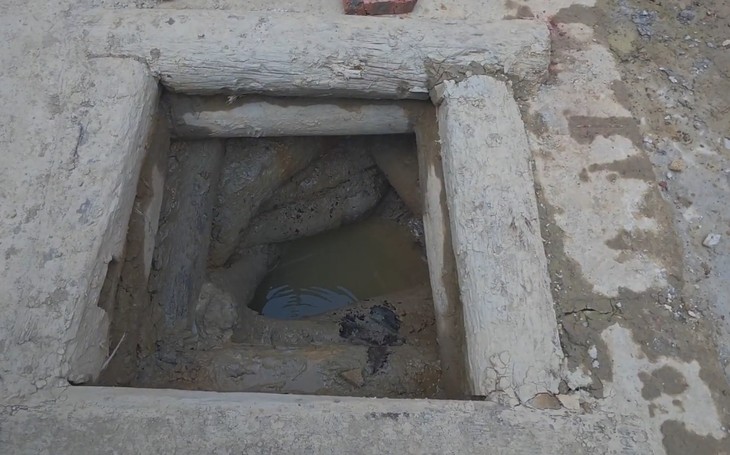 |
| Close-up of the square well mouth, spiral structure with wooden bars joined together. |
According to residents of Huong Lam Commune, the ancient well was the main source of water for the village for many generations. However, after the modern water supply system was implemented, the well was gradually filled in over time and was only rediscovered during the recent renovation.
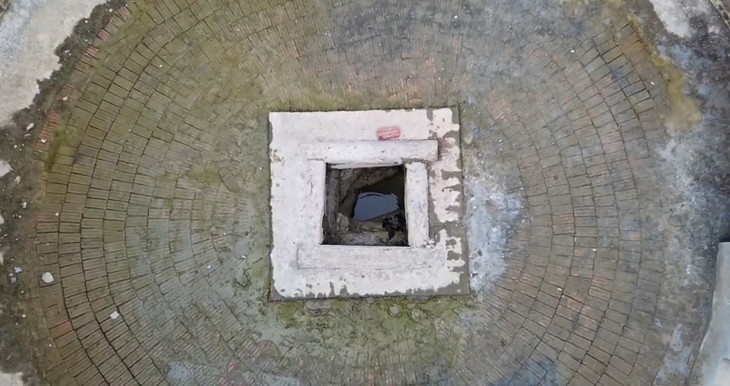 |
| The mouth of the ancient well seen from above. |
Through initial survey, the well is square in shape, with sturdy wooden cladding on all four sides - a rare structure in the Northern Delta, where previously horizontal wells were mainly dug in shallow water layers, which were easily contaminated. Meanwhile, the ancient Huong Lam well has the characteristics of a vertical well, exploiting water from deeper layers, ensuring cleaner and more stable quality.
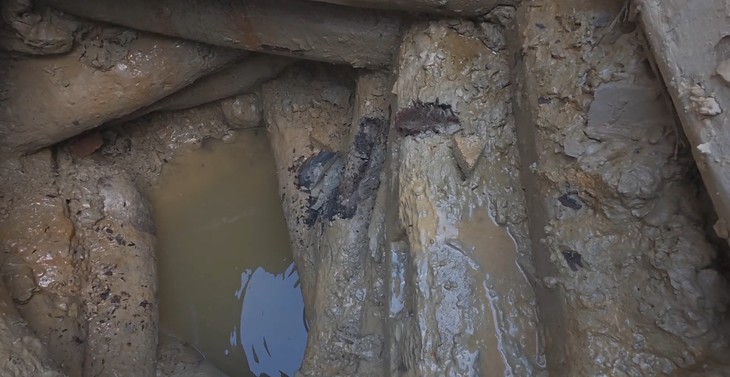 |
| Water still flows out of the walls and bottom of the well. |
Dr. Pham Van Trieu - historical archaeology expert - commented: "The square structure with a four-sided wooden embankment system not only helps stabilize the well wall, but also has a natural filtering effect, preventing dirty water from the shallow soil layers from seeping in." He also said that this is a typical example showing the technical level and understanding of ancient residents in exploiting and protecting water resources.
Religious space is closely associated with village life.
The ancient well is not simply a technical construction, but is also deeply attached to the spiritual life and community activities. The well is located in the Hac Lam communal house - pagoda complex, which was built according to the traditional layout of "front god, back Buddha", in which the communal house is in the front and the pagoda is in the back. An ancient stele dated Canh Hung 27 (1766) is still preserved here, affirming the historical depth of the relic.
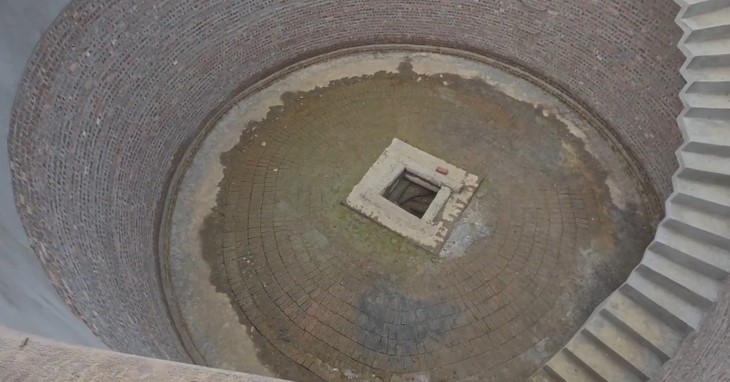 |
| The square structure of the well mouth seen from a distance. |
According to Dr. Trieu, well water was likely used in village rituals, such as cooking rice and sticky rice for offerings, or serving statue bathing ceremonies in pagodas. “For ancient people, well water was not only for use but also sacred. Preserving and protecting wells as part of the village’s soul is very common in traditional culture,” he shared.
Towards in-depth research and heritage conservation
Experts say that to accurately determine the age and value of the ancient well, it is necessary to take wood samples for radiocarbon analysis (C14) as well as conduct interdisciplinary research combining archaeology, geology, and history - culture.
 |
| Wood samples from the well will be analyzed in depth to determine the age of the well. |
In the coming time, Bac Giang Provincial Museum will coordinate with specialized units to conduct detailed surveys, exploratory excavations and prepare preservation records. This is a valuable opportunity to clarify the construction techniques and water resource exploitation of ancient Vietnamese people, while contributing to the preservation of a cultural and technical heritage bearing the imprint of beliefs and community activities of the Northern Delta region.
Source: https://khoahocdoisong.vn/gieng-co-go-xoan-oc-vua-phat-lo-o-bac-giang-co-gi-dac-biet-post268894.html



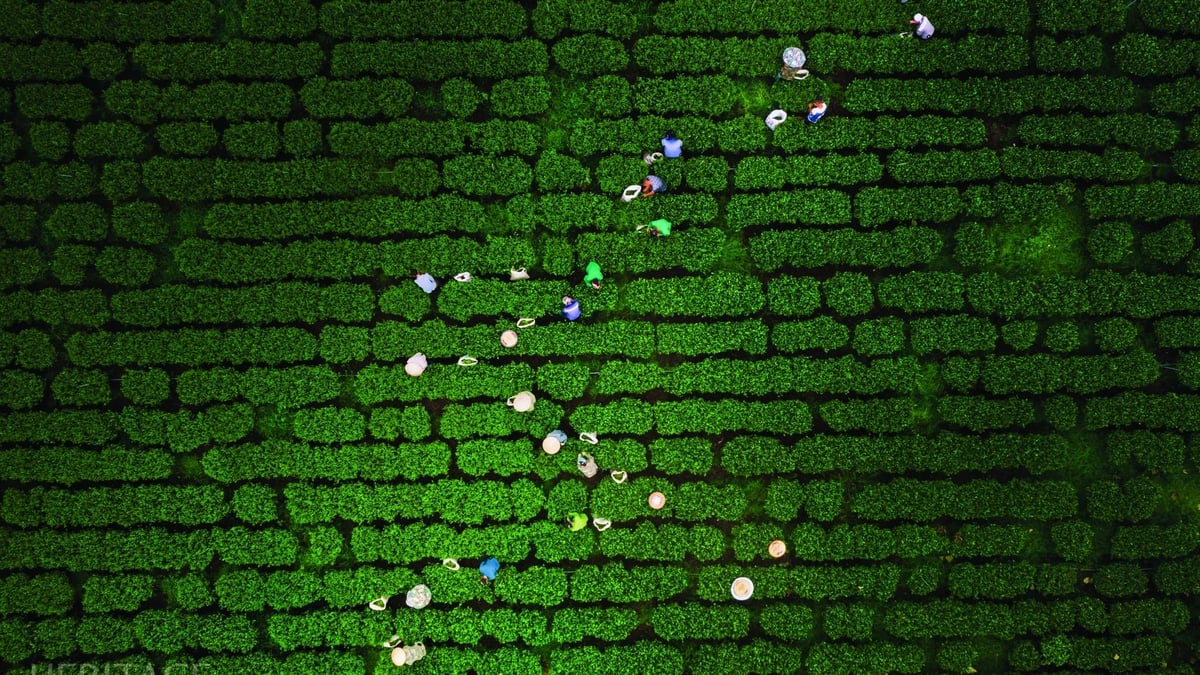

![[Photo] Prime Minister Pham Minh Chinh works with the Standing Committee of Thai Binh Provincial Party Committee](https://vphoto.vietnam.vn/thumb/1200x675/vietnam/resource/IMAGE/2025/5/12/f514ab990c544e05a446f77bba59c7d1)

![[Photo] Prime Minister Pham Minh Chinh receives Swedish Minister of International Development Cooperation and Foreign Trade](https://vphoto.vietnam.vn/thumb/1200x675/vietnam/resource/IMAGE/2025/5/12/ae50d0bb57584fd1bbe1cd77d9ad6d97)


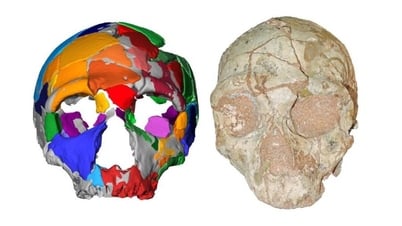
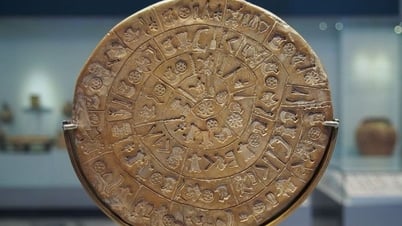

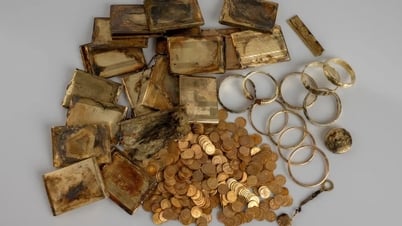



























































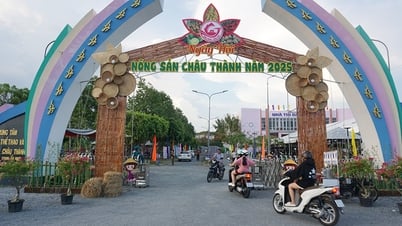

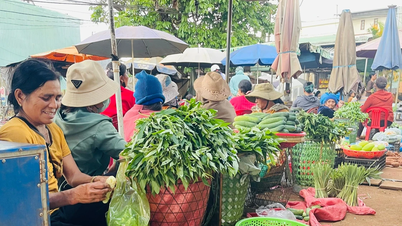

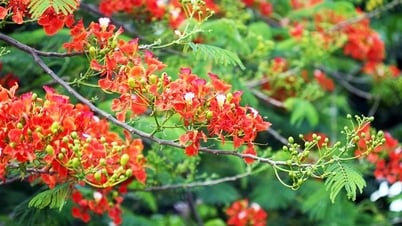















Comment (0)